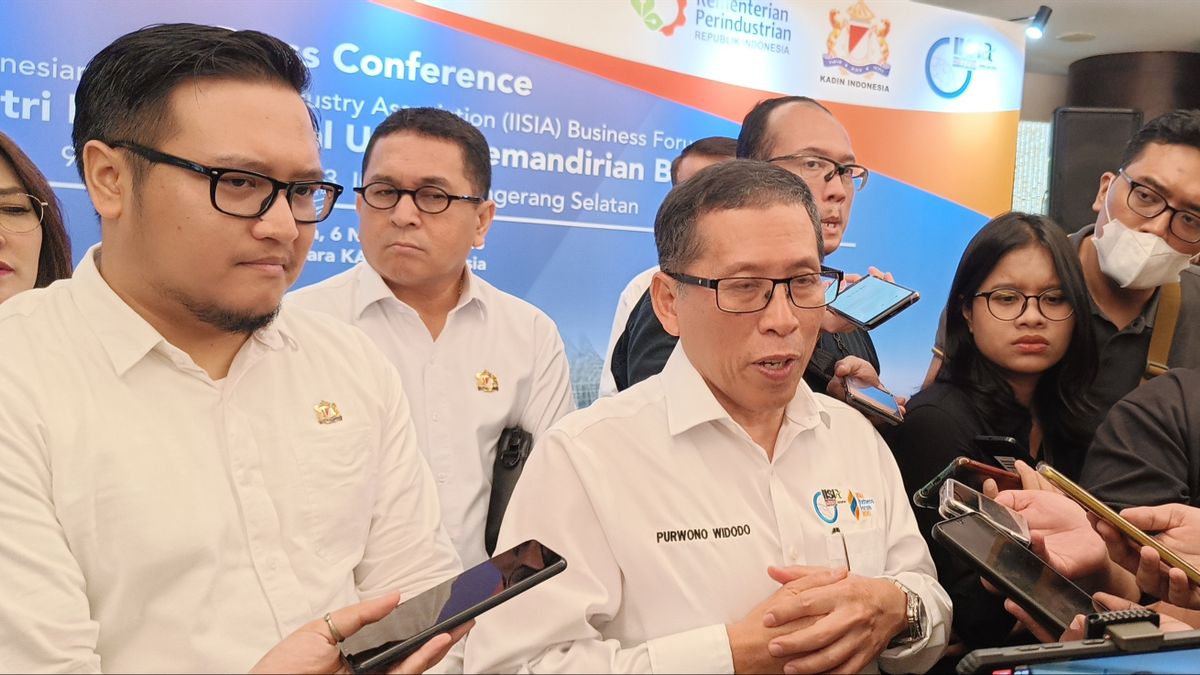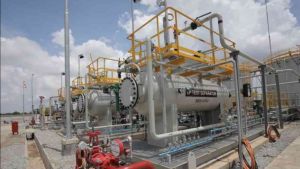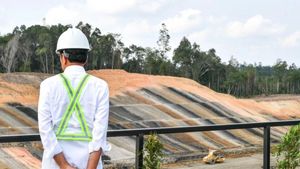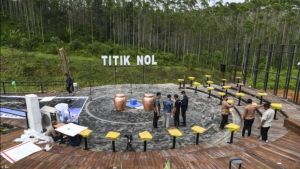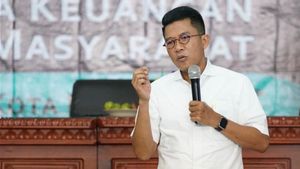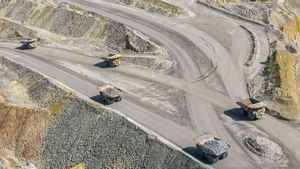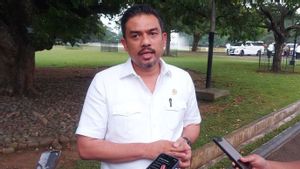JAKARTA - The Indonesian Iron and Steel Industry Association (IISIA) or the Indonesian Iron and Steel Industry Association said that the need for steel for the construction of the Indonesian National Capital (IKN) reached 9.5 million tons.
Chairman of IISIA Purwono Widodo said that this figure is the total steel requirement for IKN construction up to the 5th stage or in 2030.
"At most it will be 9.5 million tonnes by the end. So, if IKN reaches stage 5 in 2035 or until completion it will be 9.5 million tonnes," said Purwono when met at the Kadin Tower, Jakarta, Monday, November 6.
Purwono added that the initial construction of infrastructure at IKN only requires 500-700 thousand. After that, he continued, the steel requirement for IKN construction requires an average of more than 1 million tons.
"Yes, roughly if it's 5 stages, yes, divide it by 5. So, per year for the initial stage maybe 500-700 thousand tons. For the next one it will only be over 1 million tons," he said.
On the other hand, continued Purwono, now his party is collaborating with the Ministry of Public Works and Public Housing (PUPR) to combine projects in IKN that can be concreted.
"So, we and PUPR are currently collaborating. This means that combinations that can be concrete are concrete, then steel can be replaced with steel, so if we ask what the target is this year, we are still optimistic.
"Because usually spending on projects from the government is caught up in the last two months so that it doesn't jump over the years. So, we are still optimistic," he said.
As previously reported, the Minister of National Development Planning/Head of the National Development Planning Agency, Suharso Monoarfa, said that the development of the National Capital (IKN) in the IKN master plan will be carried out in five development stages until 2045.
For the initial stage, namely 2022-2024, this is the initial stage of transfer. The first phase of this initial development is focused on building and operating the main basic infrastructure for the pioneer population.
"Building main facilities, such as the presidential palace, offices and housing in the Central Government Core Area (KIPP). Then, the initial stage of moving ASN, including the TNI and Polri. Next, is the initiation of priority economic sectors," said Suharso in a working meeting with Commission II of the Indonesian House of Representatives (DPR RI) at the DPR RI Building, Jakarta, Monday, August 21.
The second stage in the 2025-2029 period is to build IKN as a strong core area.
Next, in the third stage in the 2030-2034 period, the government will continue IKN development more progressively.
VOIR éGALEMENT:
In this stage, integrated utility development and train (KA) access to Balikpapan-KIPP Airport will be carried out. There is also development of industrial areas and other sectors in the superhub economic cluster, continued transfer of TNI/Polri personnel, and increased investment and production capacity of the economic cluster.
Then, in the fourth stage in the 2035-2039 period, it is planned to develop all infrastructure and three (3) areas to accelerate the development of Kalimantan.
Later, at this stage, community socio-cultural resilience will be strengthened as well as increasing the capacity of educational and research institutions, adding basic infrastructure capacity along with the increase in population.
There is also increased capacity and diversification of economic clusters and enabling infrastructure in partner areas.
Furthermore, for the final stage in the 2040-2045 period, the government will strengthen IKN's reputation as a "World City for All".
The English, Chinese, Japanese, Arabic, and French versions are automatically generated by the AI. So there may still be inaccuracies in translating, please always see Indonesian as our main language. (system supported by DigitalSiber.id)
